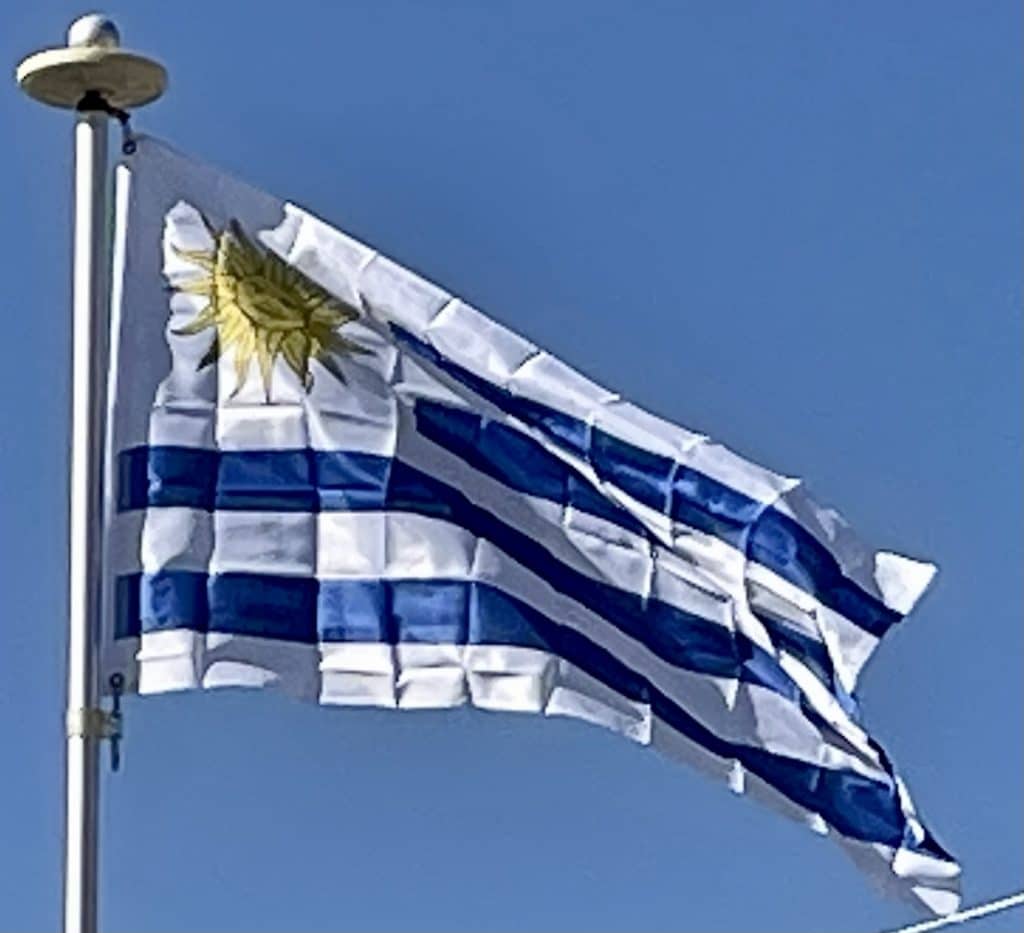
Uruguay


In accordance with the 1851 treaties, Brazil intervened militarily in Uruguay as often as it deemed necessary. In 1865, the Triple Alliance was formed by the emperor of Brazil, the president of Argentina, and the Colorado general Venancio Flores, the Uruguayan head of government whom they both had helped to gain power. The Triple Alliance declared war on the Paraguayan leader Francisco Solano López and the resulting Paraguayan War ended with the invasion of Paraguay and its defeat by the armies of the three countries. Montevideo, which was used as a supply station by the Brazilian navy, experienced a period of prosperity and relative calm during the war.
The constitutional government of General Lorenzo Batlle y Grau (1868–72) suppressed the Revolution of the Lances by the Blancos. After two years of struggle, a peace agreement was signed in 1872 that gave the Blancos a share in the emoluments and functions of government, through control of four of the departments of Uruguay.
Despite this agreement, Colorado rule was threatened by the failed Tricolor Revolution in 1875 and the Revolution of the Quebracho in 1886.
The Colorado effort to reduce Blancos to only three departments caused a Blanco uprising of 1897, which ended with the creation of 16 departments, of which the Blancos now had control over six. Blancos were given ⅓ of seats in Congress. This division of power lasted until the President Jose Batlle y Ordonez instituted his political reforms which caused the last uprising by Blancos in 1904 that ended with the Battle of Masoller and the death of Blanco leader Aparicio Saravia.
Between 1875 and 1890, the military became the center of power. During this authoritarian period, the government took steps toward the organization of the country as a modern state, encouraging its economic and social transformation. Pressure groups (consisting mainly of businessmen, hacendados, and industrialists) were organized and had a strong influence on government. A transition period (1886–90) followed, during which politicians began recovering lost ground and some civilian participation in government occurred.
